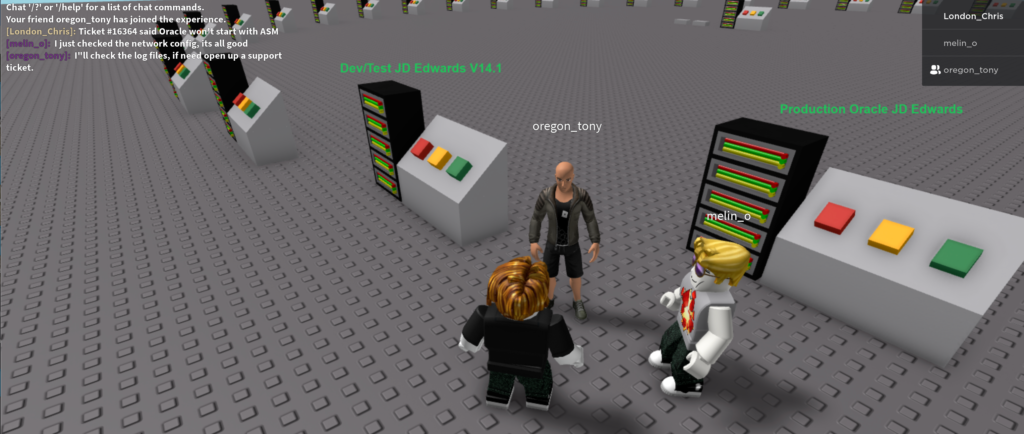This article was authored by me and posted on my company’s website. Please read the full article there.
First came “the cloud,” and IT embraced and consumed it. For many companies, this evolved into hybrid-cloud due to business requirements such as meeting regulatory and data sovereignty requirements, leveraging paid-for on-premises technology investments, and addressing requirements for low latency, especially when communicating to legacy architectures.
Then came “multi-cloud,” as described by Vmware and others. Where “the cloud” usually means using the services of a single cloud provider, which most of us have done, “multi-cloud” describes using multiple cloud providers’ services in a heterogeneous way. More complex than the single cloud, multi-cloud is helpful for organizations needing to pick and choose services from various cloud vendors or requiring high-end redundancy. Today, 61% of businesses use one or two clouds and are considered to be “multi-cloud.” The drawback of multi-cloud is that each cloud operates in a more isolated operational model, and the customer has to integrate them. Concerns about specialized skill sets, greater complexity, and increased security concerns are often cited as the challenges of multi-cloud.
Continue to the full at this link.

